When you picture a volcanic eruption, you might imagine a violent explosion. However, many eruptions involve slow-moving rivers of molten rock. The type of basaltic lava flow with a smooth, unfragmented, ropy surface is called pāhoehoe. This fascinating lava forms when hot, fluid magma flows gently, creating unique and beautiful patterns as it cools on the Earth’s surface. Understanding its characteristics helps reveal the secrets of volcanic processes.
What Defines a Basaltic Lava Flow?
Before diving into specific types, it’s helpful to understand the basics of basaltic lava. These flows are known for their low viscosity, which means they are very runny and can travel far from the volcano’s vent.
Their composition is rich in iron and magnesium and relatively low in silica, which contributes to their fluid nature. This chemistry comes from the partial melting of the Earth’s upper mantle. Basaltic lava is also incredibly hot, typically ranging from 1,000 to 1,200 degrees Celsius (1,832 to 2,192 degrees Fahrenheit).
The physical properties of the lava, such as its temperature and gas content, play a huge role in its final appearance. Hotter lava with less trapped gas tends to flow more smoothly, while cooler, gas-rich lava can become chunky and fragmented.
The Two Main Faces of Basaltic Lava: Pāhoehoe vs. ‘A’ā
While there are several classifications of lava, the two most famous types are pāhoehoe and ‘a’ā. Both come from the same basaltic magma but end up looking completely different due to their eruption and flow conditions. Their names originate from the Hawaiian language, which aptly describes their textures.
The primary difference between them is viscosity and rate of shear. A single lava flow can even transition from pāhoehoe to ‘a’ā as it moves away from its source, cools down, and loses gas.
Here is a simple breakdown of their key differences:
| Feature | Pāhoehoe Lava | ‘A’ā Lava |
| Surface Texture | Smooth, ropy, billowy | Rough, jagged, clinkery |
| Viscosity | Low (more fluid) | High (thicker) |
| Typical Temperature | Higher | Lower |
| Flow Speed | Generally slower, steady flow | Can move faster in surges |
Observing these two types in a volcanic landscape provides clear evidence of the dynamic conditions during an eruption.
A Closer Look at the Smooth Pāhoehoe Flow
Pāhoehoe lava is truly a sight to behold. Its name in Hawaiian means “smooth,” which perfectly captures its essence. The surface often forms intricate patterns that look like coiled ropes, flowing drapery, or wrinkled skin.
This unique texture is created as the very fluid lava flows. The top surface cools and forms a thin, flexible crust while the molten lava continues to move beneath it. This movement stretches and twists the cooling crust, creating the signature ropy appearance.
Pāhoehoe flows can also form features like lava tubes. These are natural tunnels that form when the outer surface of a lava flow hardens, while the hot lava inside drains away, leaving a hollow cave-like structure.
What Factors Create a Pāhoehoe Flow?
The formation of pāhoehoe instead of the more chaotic ‘a’ā lava depends on a specific set of conditions. Several key factors interact to determine the final texture of a basaltic lava flow.
Understanding these elements helps geologists interpret the history of a volcanic eruption long after the lava has cooled and solidified. The final rock is a record of the conditions present when it was molten.
The most important factors include:
- High Temperature: Hotter lava is more fluid (less viscous), allowing it to flow smoothly and develop a continuous skin.
- Low Gas Content: Fewer gas bubbles escaping means the flow is less disturbed, preventing it from breaking apart.
- Low Eruption Rate: A steady, slow supply of lava from the vent allows it to spread out gently without turbulence.
When these conditions change, for instance, if the lava cools down or flows down a steep slope and picks up speed, it can transform into a jagged ‘a’ā flow.
The Geological Significance of Pāhoehoe Lava
Pāhoehoe flows are not just geologically beautiful; they are also incredibly important for shaping landscapes. Because of their low viscosity, they can spread out over vast areas, creating extensive, flat plains known as lava fields.
These flows are the primary builders of shield volcanoes, like the massive Mauna Loa in Hawaii. Shield volcanoes have broad, gentle slopes created by countless layers of fluid pāhoehoe lava flows building up over thousands of years.
By studying ancient pāhoehoe flows, scientists can learn about the eruption history of a volcano and the chemical composition of the magma deep within the Earth. The structures and textures preserved in the rock provide valuable clues about how past eruptions behaved.
Frequently Asked Questions about Pāhoehoe Lava
What is the main difference between pāhoehoe and ‘a’ā lava?
The main difference is their surface texture and viscosity. Pāhoehoe is smooth and ropy with low viscosity, while ‘a’ā is rough and jagged with higher viscosity.
Why is pāhoehoe lava so smooth?
Its smoothness comes from its high temperature and fluid nature. As it flows, the surface cools to form a flexible skin that wrinkles and twists into rope-like shapes instead of breaking apart.
Where can you see pāhoehoe lava flows?
Pāhoehoe flows are common in volcanic regions with basaltic eruptions, especially on shield volcanoes. You can see them in places like Hawaii Volcanoes National Park, Iceland, and the Galapagos Islands.
How hot is pāhoehoe lava when it erupts?
Pāhoehoe lava is typically very hot, with temperatures ranging between 1,100 and 1,200 degrees Celsius (2,012 to 2,192 degrees Fahrenheit).
Can a single lava flow be both pāhoehoe and ‘a’ā?
Yes, a pāhoehoe flow can transition into an ‘a’ā flow as it moves away from the vent. This change happens if the lava cools, loses gas, or flows faster down a steep slope, which increases its viscosity and causes the surface to tear apart.

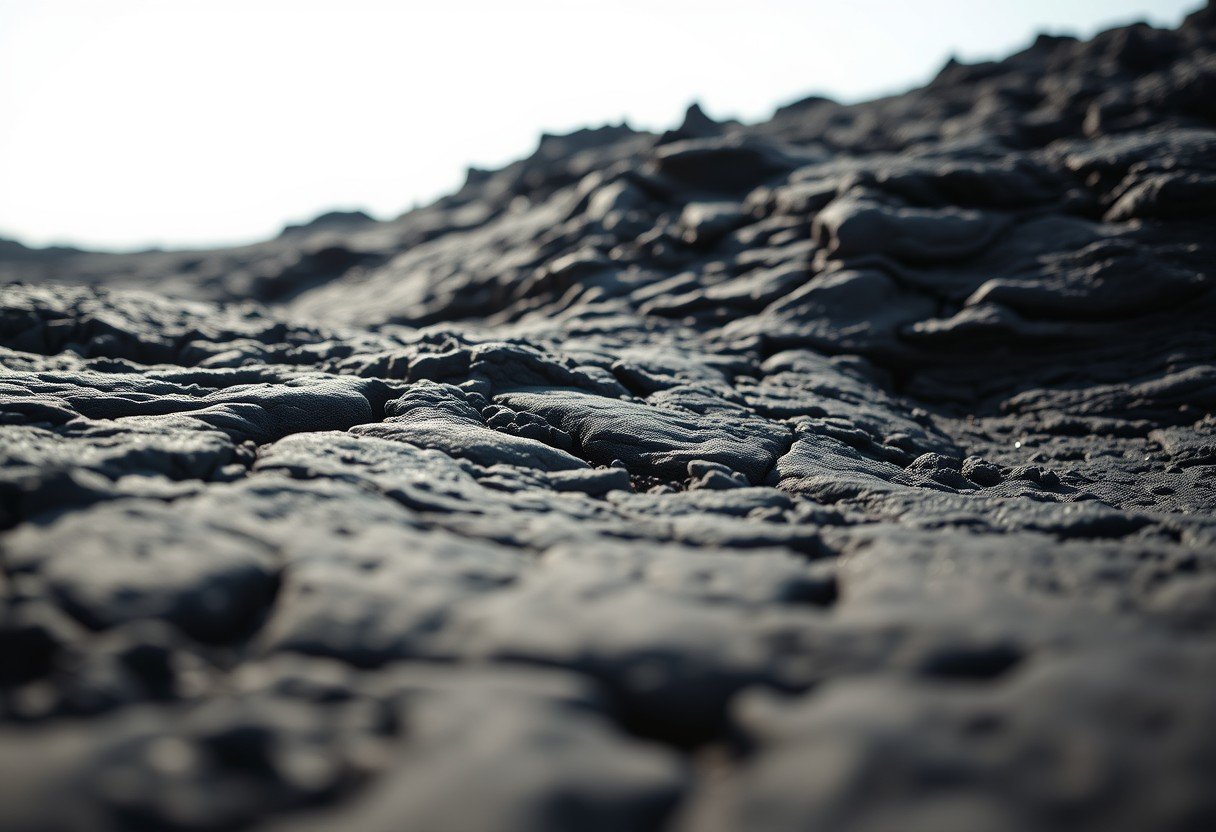

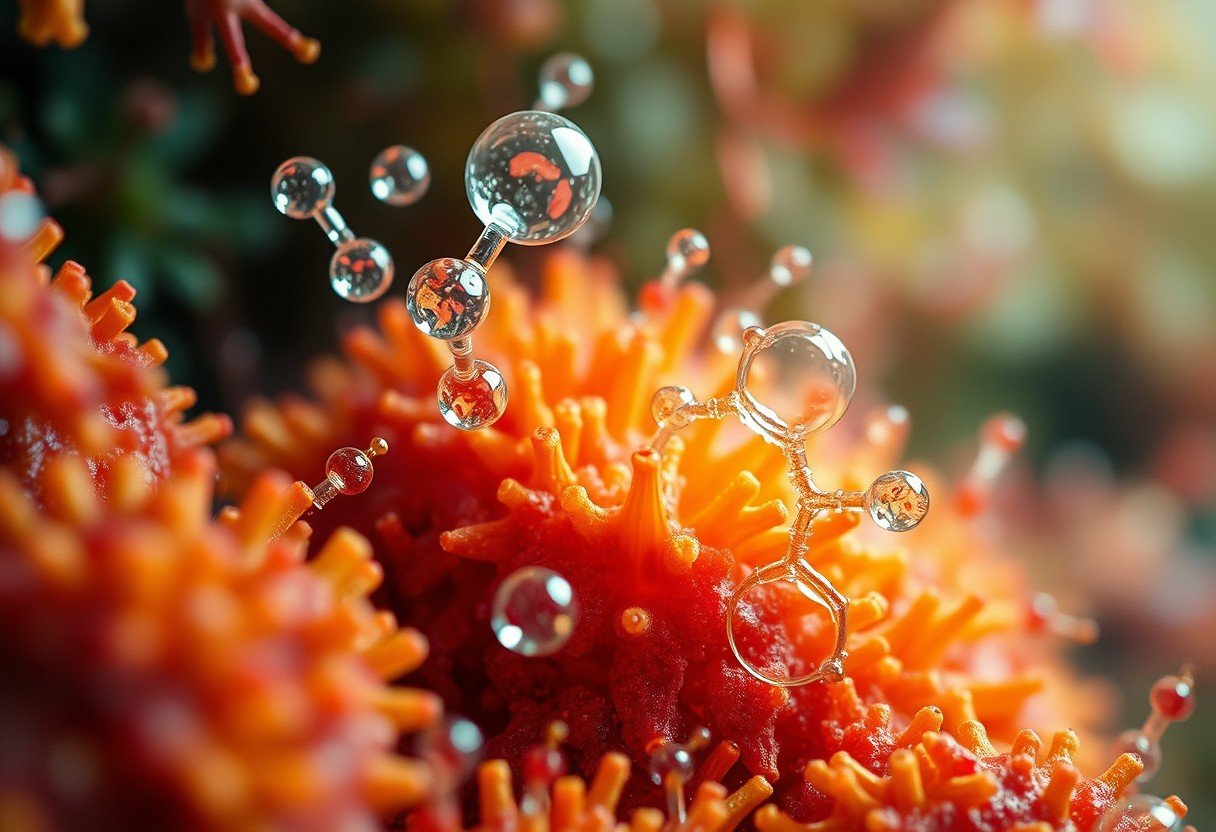
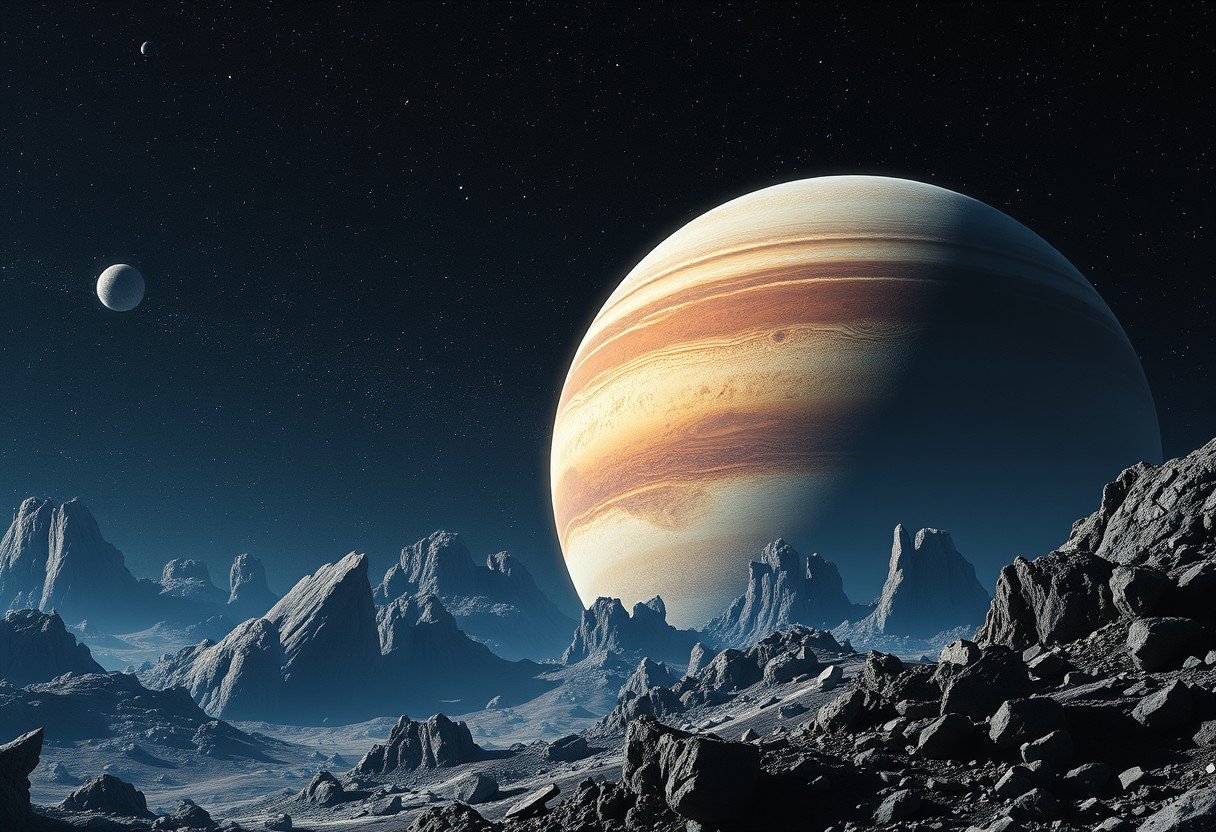
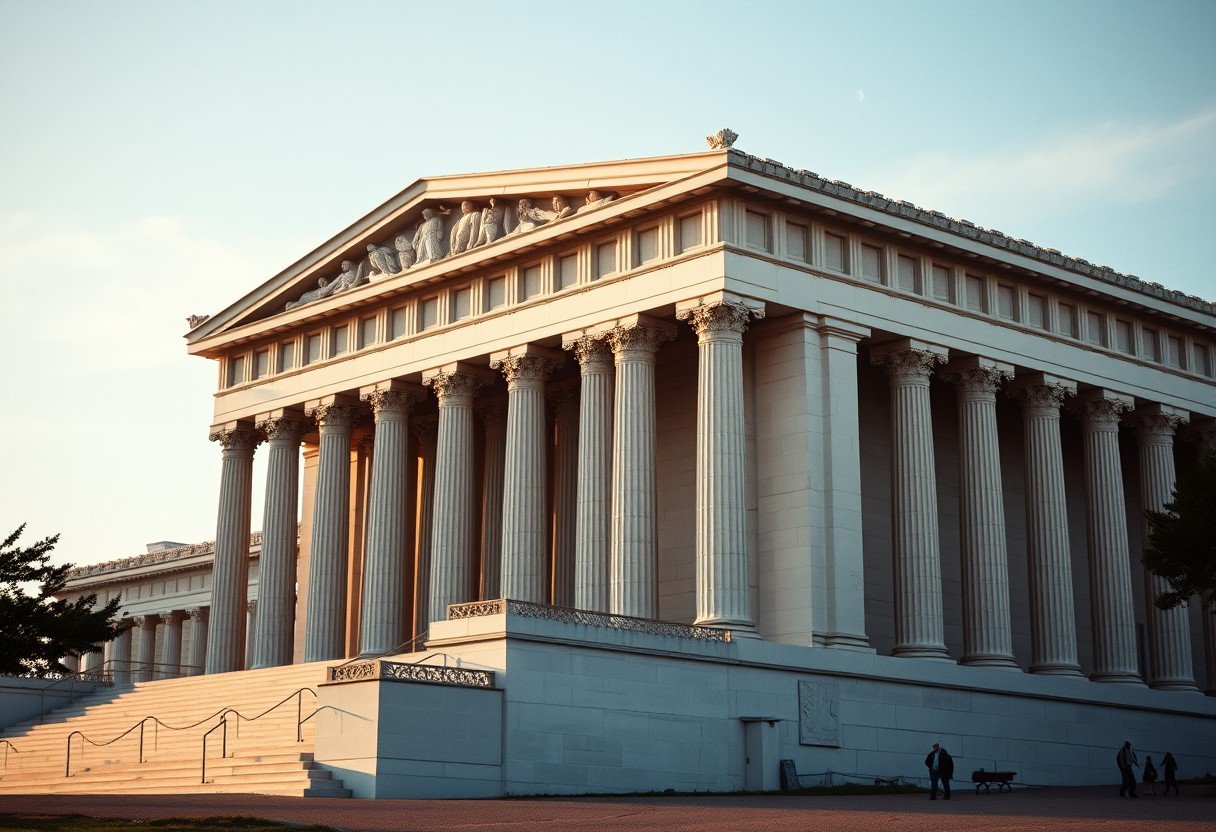
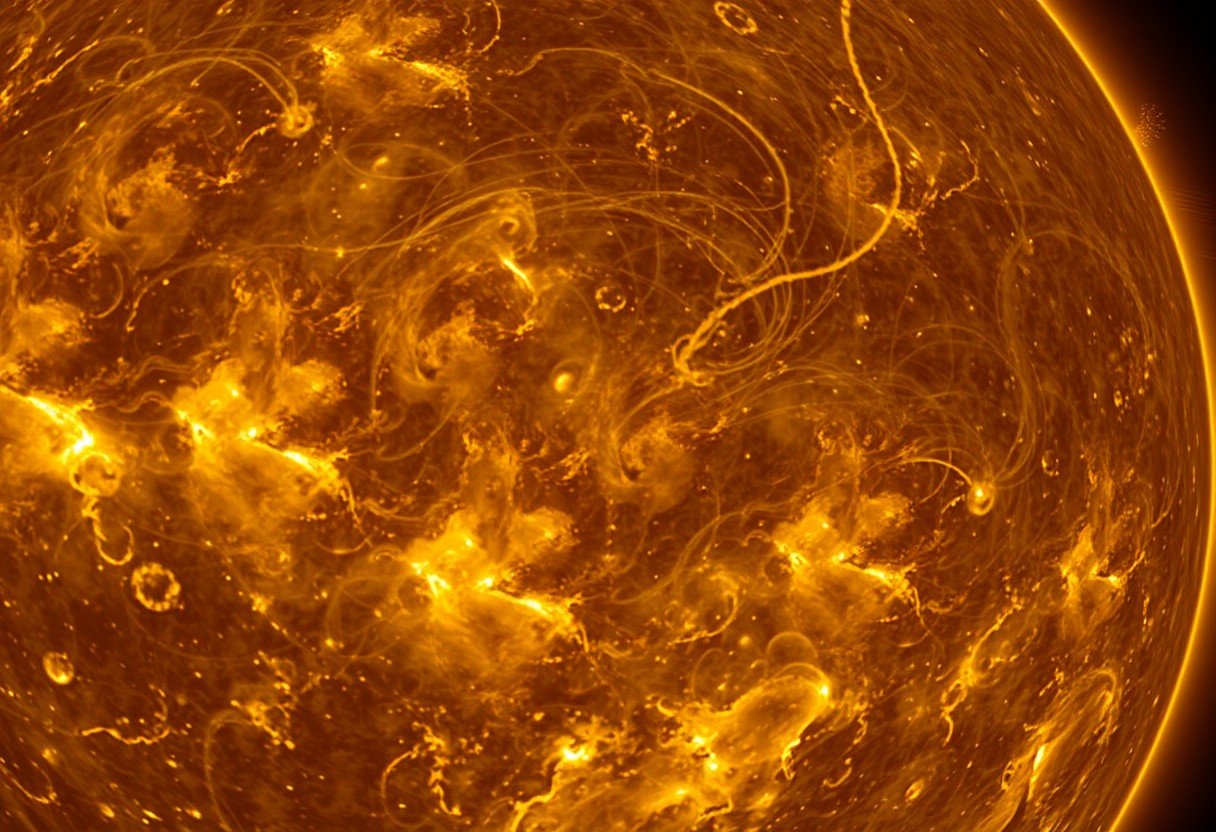

Leave a Comment